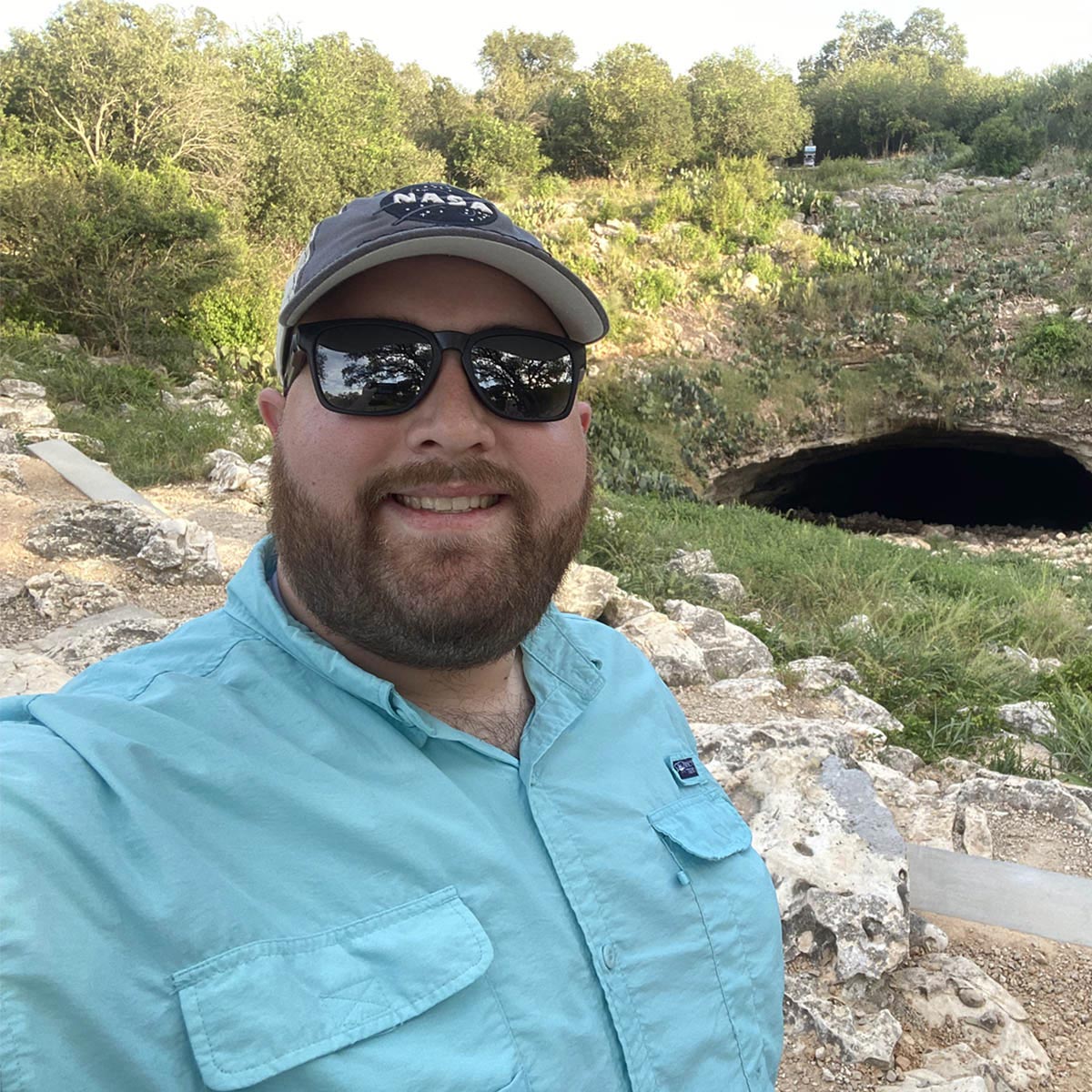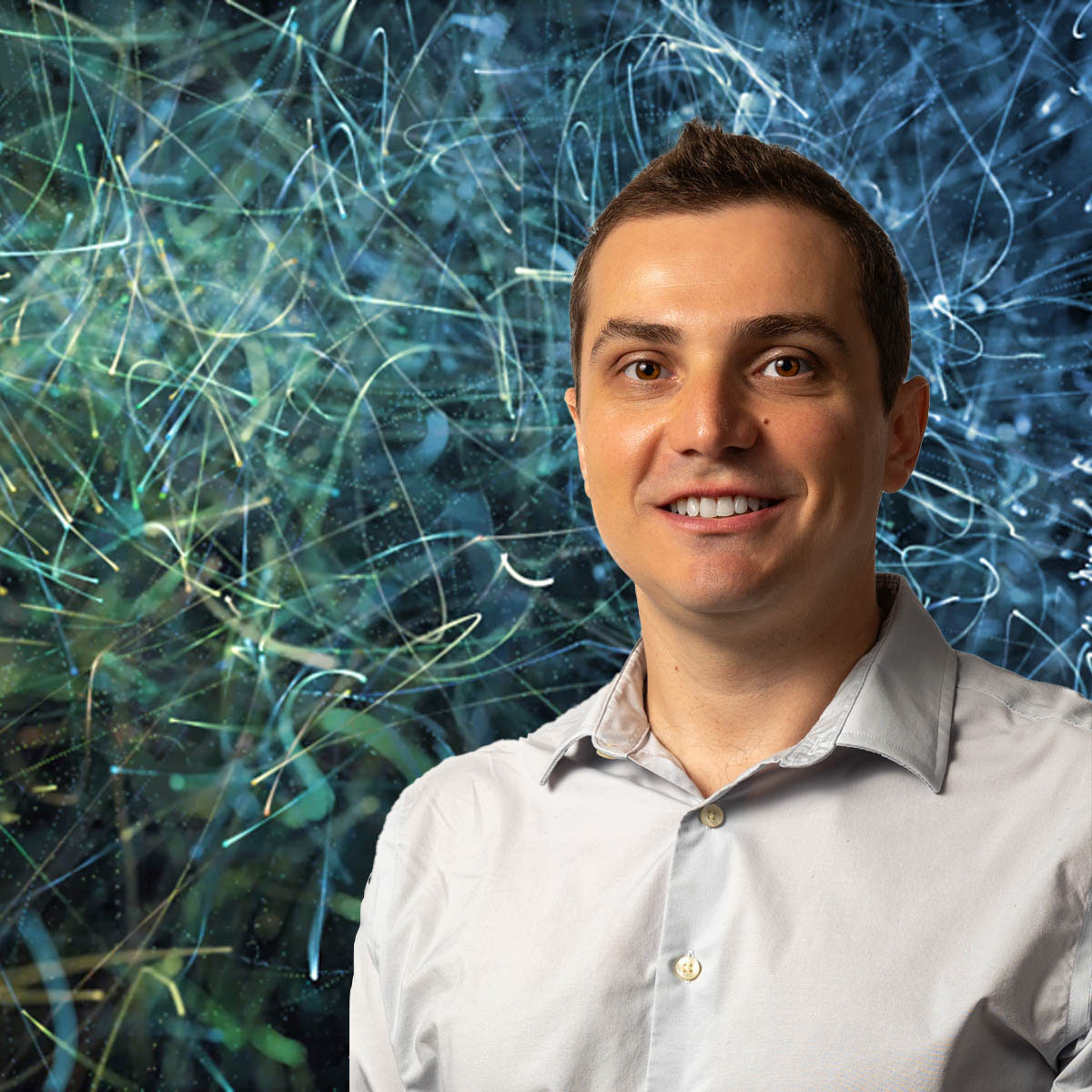Posted on December 2, 2019 by College of Sciences
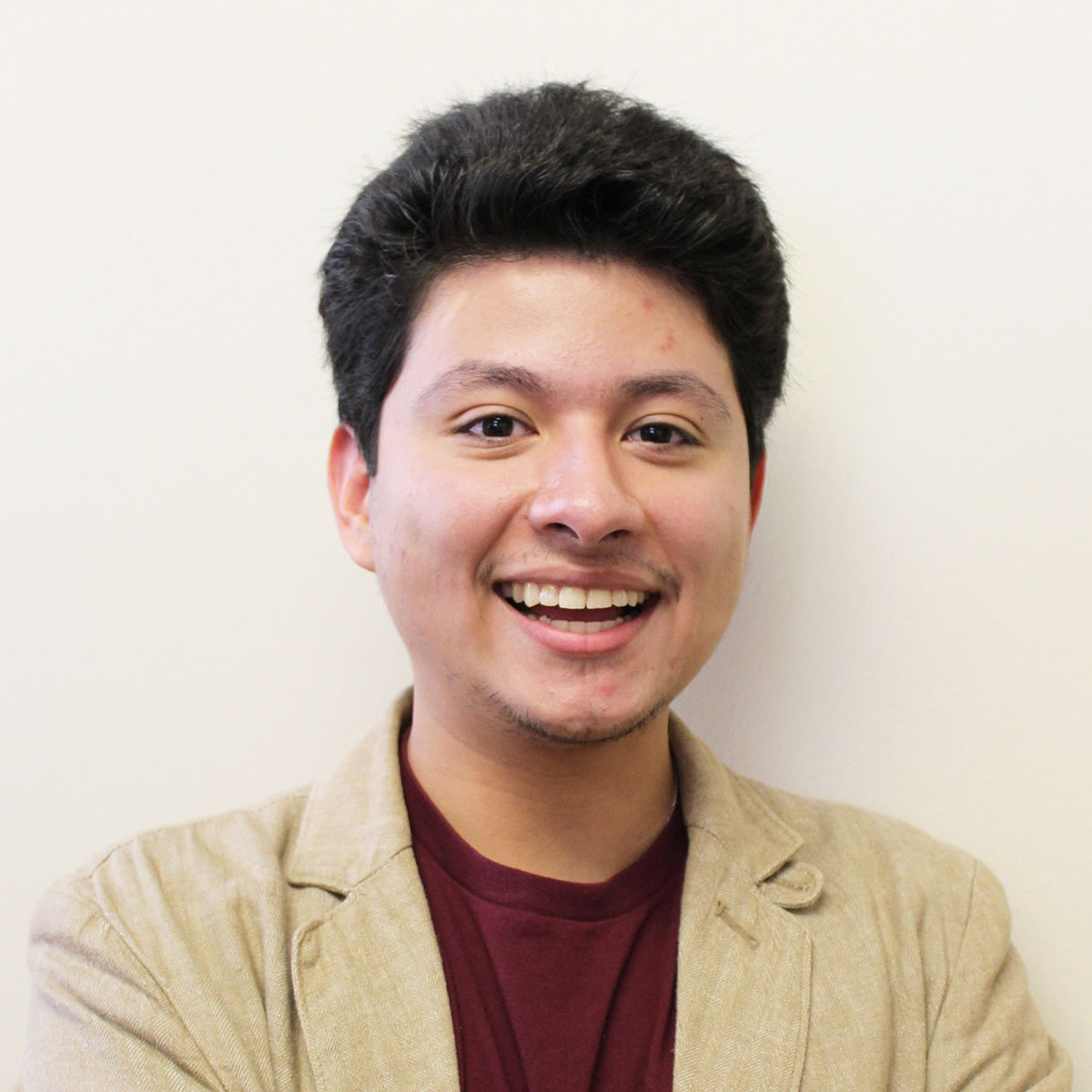
Aldo Sepulveda, Physics Major
The One Who Aimed for the Stars
By Lauren Moriarty
During his first semester at UTSA, Aldo Sepulveda found himself in the AIS course required for all freshmen. Aldo was still unsure what he was doing at UTSA. In fact, he was mostly just in school so people would stop asking him why he wasn't in school. "[I took] one year between college and high school. I used to have this naive, irrational thought that college wasn't for me. I remember being in high school and everyone was applying to college and had it figured it out and I felt left out. When I came to UTSA, it was just because people were telling me, go to college because that's what you're supposed to do," Aldo explains.
His initial nonchalance disappeared when the AIS professor began explaining her experience as a researcher. "That was huge for me because prior to that, scientists weren't real to me," says Aldo. "They kind of just existed in cartoons. It never occurred to me that you could actually become a scientist. That experience was great because it kind of connected to me to that part of myself as a kid." Aldo knew immediately that he wanted to get his Ph.D. and become a scientist, but also knew that he had no idea how to make that happen. "I still barely understood college and what was going on," he remembers. "I knew that there would be a lot of work I would have to do to figure it all out."
As a sophomore, Aldo was accepted into the University of Texas at Austin's TAURUS Scholars summer research program. He worked with Dr. Brendan Bowler to measure the dynamical mass of the exoplanet host star HR 8799. "Dr. Bowler was one of the first people in my life to meaningfully believe in me," he says. "I was the only one in the cohort that had no prior research experience. I felt thrown in the deep end, but I certainly grew and learned as a result." The next summer, he accepted a research position at the Harvard-Smithsonian Center for Astrophysics. He worked with Dr. Luca Matr to characterize the debris disk (exo-Kuiper Belt) around the nearby star HD 170773. "Dr. Matr was another fantastic advisor. I met more awesome students, built more skills, and gained more confidence," Aldo says. "It felt surreal to be there at the top astronomy program and still have those lingering feelings of, I can't believe this is happening, I never thought I'd get this far." Aldo continued working with his advisor after returning to UTSA. He later published a manuscript as the lead author detailing their study of the HD 170773 debris disk in The Astrophysical Journal. Currently, Aldo is working on an undergraduate honors thesis under the primary supervision of Dr. Matr.
Aldo, the reluctant freshman, is now applying to Ph.D. programs in astronomy/astrophysics. "It's kind of surreal to have started with literally no goals. There's those that knew they wanted to be astronomers since they were three years old and looked up at the night sky and then there's people like me, the late bloomers who discovered it much later in life," he says. In the spring, Aldo will become the first person in his family to graduate from college. He plans to become a research professor. "I don't just want to be good at research, I want to be able to communicate it and be there for any future Aldos," he says. "They just need one mentor to believe and invest in them and then they'll explode in growth just like I did."
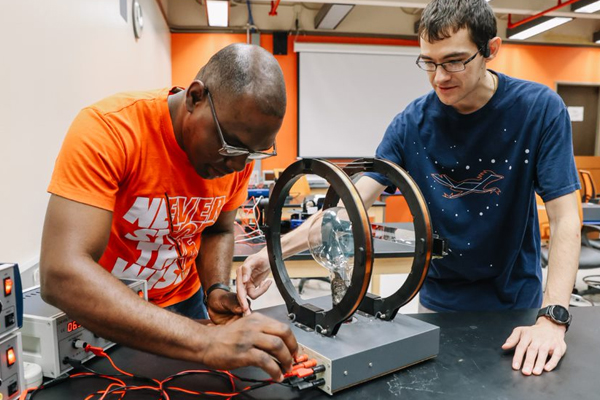
Explore the Physics and Astronomy Department!
Providing students with a solid background in physics and problem-solving skills and equipping them with invaluable research experience to prepare them for their future careers.
Recent Physics and Astronomy Spotlights
View More Spotlights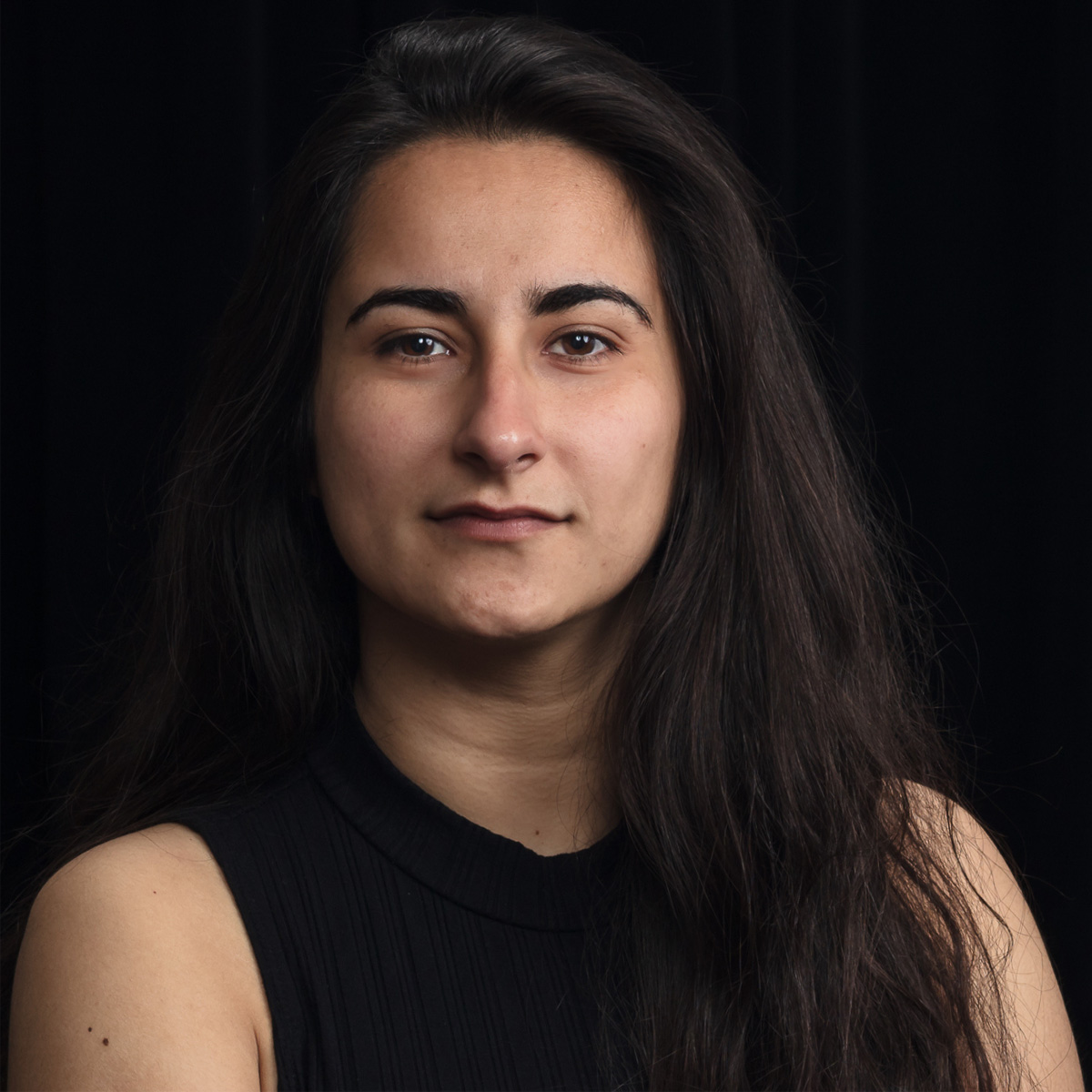
September 19, 2025
Maria Gabriela BoadaPublished by College of Sciences
#ThisIsWhatAScientistLooksLike
